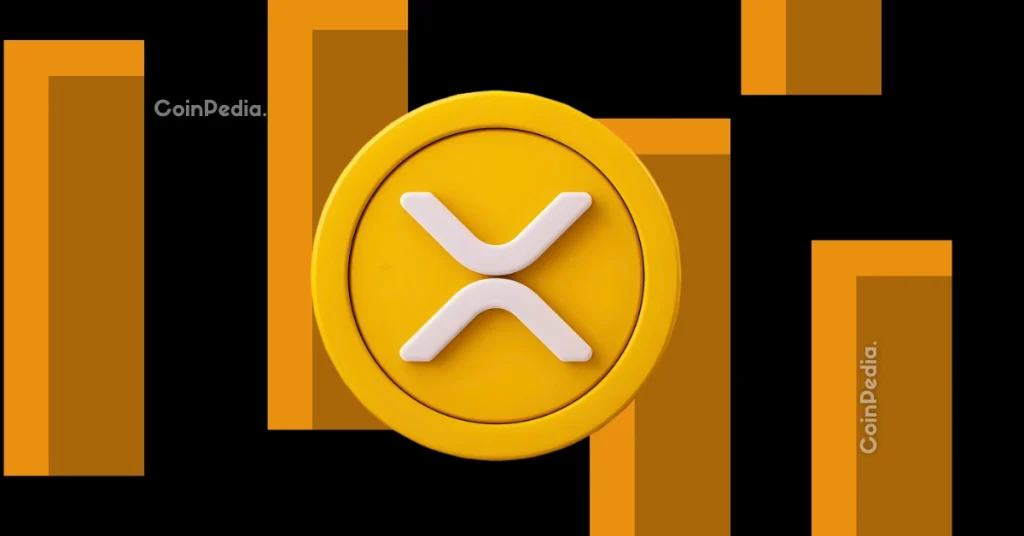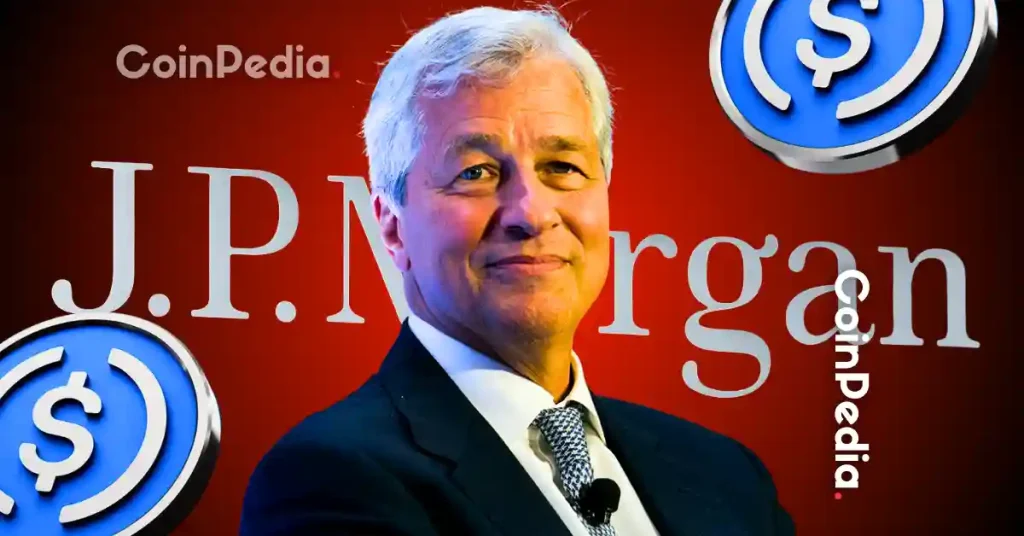The past week in crypto has been a tapestry of contrasting narratives, painting a picture of a market grappling with significant price volatility while simultaneously witnessing major strides in institutional integration, regulatory shifts, and technological innovation. From Bitcoin’s sharp decline to landmark political pardons and massive Web3 investments, the digital asset landscape continues its dynamic evolution, challenging investors to stay agile.
Market Volatility and the ETF Effect
The crypto market experienced a notable downturn, with Bitcoin plunging below $107,000 and altcoins suffering significantly in its wake. This price action was largely attributed to tightening liquidity and, crucially, rising outflows from Spot Bitcoin ETFs. The very financial products once hailed as market saviors now appear to be contributing to volatility, fueling “ETF Market Bubble Fears” amongst some analysts who warn of looming systemic risks. The broader macroeconomic environment also played a role, with falling oil prices, a cooling dollar, and Bank of Japan rate cuts creating headwinds that further influenced Bitcoin’s future trajectory.
Despite the overall market dip, there were glimmers of resilience. Solana showcased a swift recovery, reigniting ecosystem hopes, while Ethereum garnered bullish projections towards $5,000, supported by catalysts like the Ethereum Network seeing $1 Billion USDT ($1.00) mints – often a precursor to increased liquidity. However, the stablecoin sector itself faced challenges, with a “staggering blow to stablecoin trust” following Paxos’ $300 Trillion PYUSD ($1.00) glitch, underscoring the critical need for robust infrastructure in this foundational segment of the market.
Regulatory Tides: From Pardons to Probes
Regulatory and political developments dominated headlines, offering a mixed bag of progress and intensified scrutiny. Perhaps the most striking news was President Trump’s pardon of a crypto executive behind a stablecoin, signaling a potential “watershed moment” for digital assets by demonstrating political acknowledgment and, perhaps, a more lenient stance on some industry figures. This positive political signal was echoed by a pro-Bitcoin candidate gaining a prominent endorsement in the California Governor race and Florida’s $218 billion pension bill eyeing Bitcoin as a state asset, indicating growing mainstream political and governmental interest.
Institutional adoption continued its march forward, with Morgan Stanley unlocking crypto fund access for all wealth clients and Schwab eyeing direct Bitcoin trading by 2026 amid a 90% client interest surge. However, increased adoption brought heightened scrutiny. French regulators intensified AML scrutiny on crypto giants Coinbase and Binance, while the FSB sounded an alarm for global harmony on cross-border crypto regulation. The historic $15 billion Bitcoin seizure prompted an urgent review of US crypto reserve strategy, and Tether froze $13.4 million USDT across 22 addresses, highlighting the centralized control aspects and regulatory imperatives within the stablecoin ecosystem. Counterbalancing these concerns, Japan’s banking giants united to launch a joint stablecoin, demonstrating a pathway for regulated digital finance.
Web3, AI, and DeFi: A Continued Wave of Innovation and Investment
Beneath the market’s surface, the engines of innovation continued to hum, attracting significant capital and talent. The Web3 infrastructure landscape saw a major boost with Stripe-backed Tempo Labs securing a staggering $500 million investment. Elsewhere, the Huobi founder unveiled a $1 billion Ethereum treasury, and Ripple Labs secured $1 billion for a strategic XRP ($2.04) treasury, both signaling robust institutional demand and ecosystem growth for leading digital assets.
Technological advancements like Zero-Knowledge Proofs are set to unlock blockchain’s next era of privacy and scalability, while the synergy between blockchain and AI promises to revolutionize the carbon offset market and provide solutions for data privacy in the AI era. Projects like Bittensor (TAO ($303.53)) are being forecast for trillion-dollar valuations as decentralized AI gains traction. In DeFi, Uniswap bridged to Solana, a major step towards unifying liquidity, and prediction markets are going mainstream. Furthermore, Coinbase Asset Management partnered with iTrustCapital to unlock Bitcoin yield for retirement IRAs, pushing crypto into traditional financial planning. Funding continued apace, with Astra Nova securing $48.3 million for Web3 and AI entertainment and Mutuum Finance raising $20 million for its Q4 2025 DeFi protocol launch, underscoring persistent belief in the sector’s long-term potential. Meanwhile, India continues to lead global crypto adoption with 100 million users, illustrating the grassroots momentum globally.
Outlook for the Week Ahead
Entering the new week, the crypto market remains at a fascinating juncture, characterized by strong underlying innovation battling immediate price pressures and regulatory uncertainties. Investors should closely monitor macroeconomic indicators, particularly their impact on global liquidity, which has proven critical for Bitcoin’s immediate performance. The evolving regulatory landscape, especially around stablecoins and cross-border frameworks, will also bear watching for directional clues. While short-term volatility may persist, the continuous flow of institutional capital, major project developments, and the relentless pace of technological advancement suggest a robust long-term outlook for digital assets.
The post Weekly Crypto Market Recap: Navigating Regulatory Tides Amidst Price Volatility and Innovation Surges appeared first on FXcrypto News.











![Crypto News Today, Dec 12, 2025: [Live] Market Updates, Breaking Headlines & Price Alerts](https://image.coinpedia.org/wp-content/uploads/2025/05/17173854/Coinpedia-Digest-Top-Crypto-News-This-Week-Hacks-Regulations-and-Institutional-Adoption-1-1024x536.webp)




 24h Most Popular
24h Most Popular





 Utilities
Utilities